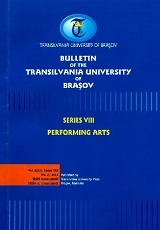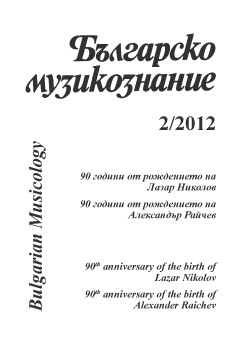
When Human Emotion Meets Technology. A Study of Machover’s “Death and the Powers”, the Robot Opera
A vast palette of artistic experiences remains purposely unexplored today by many performers of traditionally oriented opera companies. Ignorance is often the cause of statements such as: absence of melody, of emotions and difficulty in communicating with the audience in the new operatic repertoire. My study offers an assessment: that melody can be identified in the most unusual musical architecture of today’s composed opera; and that emotional delivery and communication in the singing art occur still through text, audio-visual, and now, as never before, through technology. In order to demonstrate this I have chosen one single opera, perhaps the newest, but certainly the most innovating of the 21st century, a masterpiece, that has been in the spotlight since its premiere in 2010 and whose music, libretto and performing production may seem controversial to some of the traditional-oriented performers and audiences. It is Tod Machover’s Death and the Powers, the Robot opera. The article also highlights the importance of sustaining innovation in the opera as a need to naturally adapt to the new conduct of life.
More...

